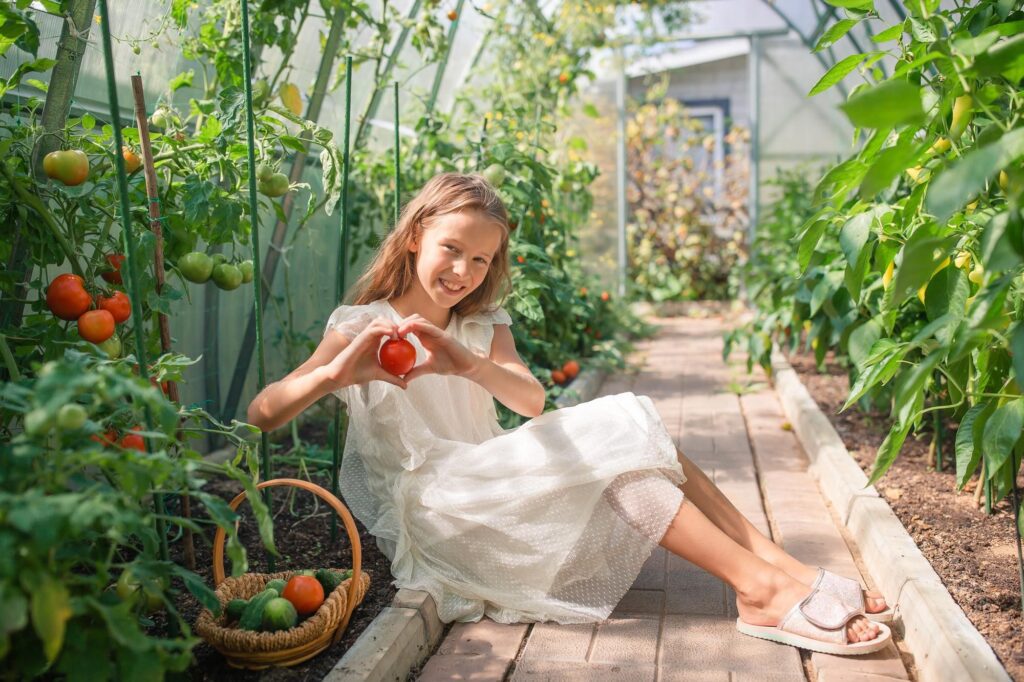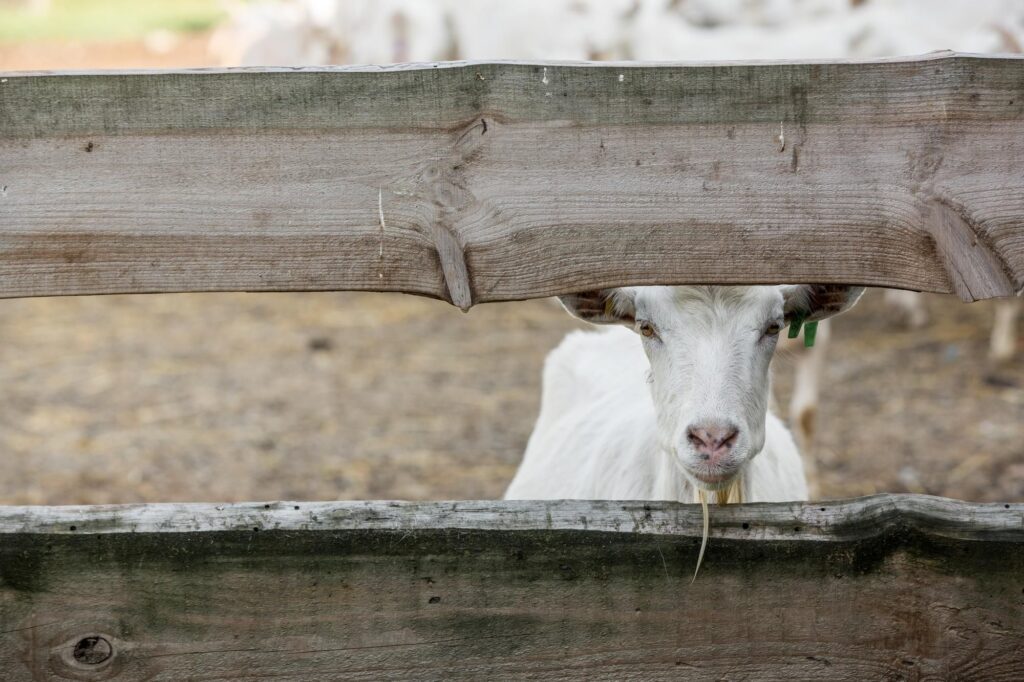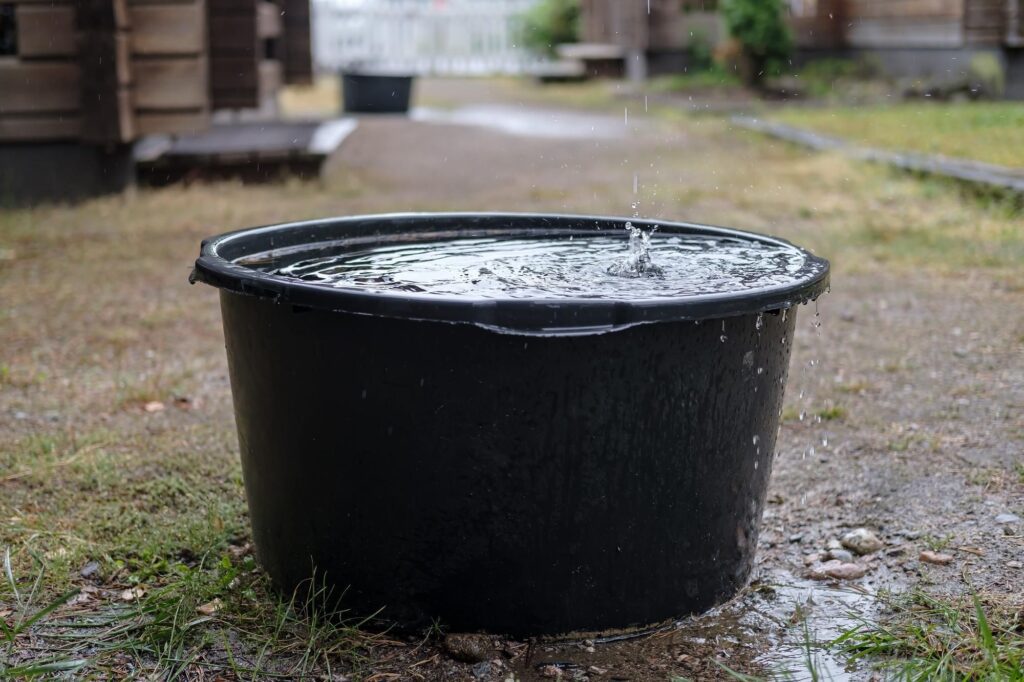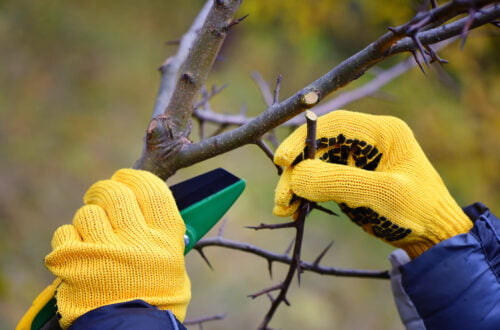How to Build Your Dream Homestead: A Beginner’s Guide
Imagine stepping out into your backyard and being greeted by a lush oasis of green, thriving with fruits and vegetables, buzzing with the gentle hum of bees pollinating flowers. Welcome to your very own sustainable paradise – a homestead right outside your door. Transforming your backyard into a thriving homestead offers more than just fresh produce; it provides an opportunity to reconnect with nature and embrace sustainability. Get ready to roll up your sleeves and embark on an exciting journey as we delve into the secrets of creating a sustainable paradise in the comfort of your own backyard.

Why Homesteading is a Sustainable Lifestyle Choice
Homesteading isn’t just a trend or a hobby for those with an affinity for flannel shirts and an odd fascination with compost toilets (okay, maybe that’s true too), but it’s actually a sustainable lifestyle choice. By embracing homesteading, we can connect with nature in a way that modern society often overlooks. It’s like taking the blue pill in The Matrix, except instead of dodging bullets and fighting agents, we are planting seeds and raising chickens.
Living on a homestead means being self-sufficient to some extent. We become more aware of where our food comes from when it’s growing right outside our door. We have the power to control what goes into our bodies by avoiding harmful pesticides and chemicals. And let’s not forget about the money-saving aspect – think of all the organic produce we won’t have to buy from sketchy grocery stores anymore!
Assessing Your Backyard for a Homestead: Size, Sunlight, and Soil
Picture this: you’ve just purchased your dream homestead with a backyard that promises endless possibilities. But before you start channeling your inner green thumb and ordering seeds online like there’s no tomorrow, let’s take a moment to assess what your new patch of land has in store for you.
First up is size – after all, bigger isn’t always better. Don’t despair if your backyard is more postage stamp than sprawling acreage; some of the most impressive gardens have emerged from small spaces. From vertical gardening to compact raised beds, there are countless tricks to maximize every inch available. Remember, it’s not about the square footage but about making the most of what you’ve got, so put on your creative hat and get ready to transform that cozy corner into an urban oasis.
Now let’s shed some light on sunlight – that powerful force that can make or break all your gardening dreams. Before planting crops or landscaping with shade-loving ferns, take note of where the sun shines throughout the day. Areas exposed to full sun for at least six hours will be perfect for growing fruits, vegetables, and herbs craving those golden rays.
On the other hand (or should I say shade?), shady spots can be transformed into magical havens for hostas or ferns who prefer a bit less sunshine in their lives. So toss out those notions of having one monotonous lawn across the entire backyard; embrace diversity by carefully considering how each area of your garden can best utilize the power of the sun.

Choosing the Right Plants and Animals for Your Homestead
When it comes to establishing your homestead, choosing the right plants and animals can be as crucial as finding that perfect pair of boots for trudging through mud. But with so many options out there, it can feel overwhelming. Fear not, my fellow homesteader! I’ve rounded up a few tips to help you navigate this wild world of agriculture and make choices that will have your homestead flourishing like never before.
First things first: consider your location for plants.
Comfrey
First up is comfrey – this powerhouse plant is like a superhero for your garden. Not only does it attract pollinators with its beautiful purple flowers, but its leaves are also rich in nutrients and excellent for composting. Plus, you can make herbal teas and salves from them! Talk about multi-functional.
Sunflowers
Now, let’s talk about sunflowers – those towering beauties that look as if they’re reaching for the sky. Besides brightening up any garden with their sunny disposition, sunflowers are fantastic for providing shade to other sensitive plants during scorching summers. And don’t forget about their tasty seeds – perfect as snacks or even to press into oil! Just remember: save some seeds to replant next year and keep that sunny spirit going strong.
Tomatoes
Easy to grow and incredibly versatile in the kitchen, tomatoes are a staple for any homesteader. With countless varieties to choose from, you can cherry-pick the perfect ones that suit your taste buds. Plus, if you’re feeling adventurous, heirloom tomatoes will not only add flair to your dinner table but also spark envy among your gardening friends.
Zucchinis
Next on my botanical hit list would have to be zucchinis – those plump green veggies that seem determined to take over your garden overnight! If you’ve ever grown zucchinis before, you know exactly why they made it onto this list. They are prolific growers that just keep on giving. From grilled zucchini skewers during summer barbecues to warm loaves of chocolate zucchini bread on cozy winter nights – these versatile squashes will never let you down.
Basil
Last but certainly not least is an often-underestimated herb: basil! This aromatic plant has earned its spot in every homestead by providing fresh flavors all year round. Whether you’re tossing it into pasta sauce or making homemade pesto from scratch, basil adds a vibrant pop of flavor that elevates any dish.

Next up: think about time commitment with homestead animals.
When it comes to homesteading, choosing the best animals to have on your property can make all the difference. Sure, chickens are a popular choice for their delicious eggs and amusing antics, but let’s think outside the coop for a moment.
Alpacas
Have you ever considered raising alpacas? These fluffy and fashionable creatures not only provide cozy fleece that can be spun into luxurious yarns, but they also make excellent companions. Imagine taking a stroll through your homestead with these graceful creatures by your side, turning heads and making you the talk of the town.
Goats
Now, I know what you’re thinking: goats? Baaah-rilliant idea! These mischievous munchers may be infamous escape artists, but their charming personalities make up for any headaches caused by their shenanigans. Not only do goats provide fresh milk for cheese-making enthusiasts (and let’s admit it – who doesn’t love cheese?), but they also excel at weed control. Forget about spending hours pulling pesky weeds from your garden—just release your goat army and watch them clear away the green invaders in no time!
Ducks
Ducks are a great addition to any homestead. They are hardy birds that require minimal maintenance and provide a variety of benefits. Not only do ducks require less time and effort to care for compared to other animals, but they also offer numerous advantages. One of the main benefits of keeping ducks on your homestead is their knack for pest control. These feathered friends have a voracious appetite for insects, slugs, and snails, making them natural pest controllers. Say goodbye to those pesky garden intruders without having to rely on harmful chemicals.
Implementing Sustainable Water Management Systems
Nowadays, with the pressing need to conserve water resources and protect the environment, implementing sustainable water management systems is not only responsible but also quite trendy. If you have a homestead or are considering starting one, there are various innovative strategies you can employ to make your water usage more sustainable. One such method involves collecting rainwater in large barrels or tanks and using it for irrigation purposes. Not only does this help in preserving fresh water supplies, but it also saves on utility costs! Plus, having a few sizable barrels scattered around your homestead will certainly give it that quirky eco-conscious aesthetic.
Another ingenious technique for sustainable water management on your homestead is incorporating permaculture design principles into your landscape. Permaculture aims to create resilient ecosystems by making efficient use of resources, including water. By designing your garden in a way that allows plants to naturally retain moisture and minimize runoff, you’ll significantly reduce the amount of watering required. Additionally, interplanting certain crops can create beneficial relationships where one plant’s root system helps prevent evaporation from another’s soil surface—nature’s very own cooperative conservation effort! So why not embrace these unconventional methods and let sustainability be an integral part of both your lifestyle and personal style?

Creating a Functional and Efficient Homestead Garden Layout
When it comes to creating a functional and efficient garden layout on your homestead, it’s time to think outside the box. Forget the traditional straight rows of plants and embrace a more dynamic approach. Consider incorporating raised beds of various sizes and shapes for an aesthetically pleasing and space-saving design. This not only adds visual interest but also helps with soil drainage and prevents weed invasion. Plus, it gives you more room to experiment with companion planting, allowing different plants to thrive together while deterring pests naturally.
Another trick for maximizing efficiency is practicing vertical gardening. Why limit yourself to just the ground when you can utilize your vertical space? Install trellises, and arbors, or even create a living wall using hanging pots or planters. Not only does this save precious ground space, but it also enhances air circulation around your plants which can reduce disease susceptibility. Just imagine how impressive your garden will look with vibrant vines climbing up a trellis or cascading flowers decorating an otherwise unused wall!
Lastly, don’t underestimate the power of strategic placement in your garden layout. Grouping together plants with similar water requirements allows for easy irrigation management – no need to spend unnecessary time trying to give each individual plant its ideal watering needs! Additionally, consider incorporating pathways between beds that are wide enough for wheelbarrows or carts so you can easily transport tools, and soil amendments or haul away debris without damaging your precious greens. Oh, and don’t forget about proper spacing too! By giving each plant enough room to grow without crowding, you’ll promote better air circulation and reduce the risk of disease. This will also make it easier to access and harvest your crops when they reach maturity.
Companion Planting
Companion planting is like having a strategic team of plants in your homestead. It’s like assembling the Avengers of the gardening world, with each plant playing its unique role to help defend and support one another. For instance, planting marigolds alongside your tomatoes isn’t just for aesthetic appeal; those sunny flowers have natural bug-repellent properties that keep pesky critters away from your precious veggies. It’s like having tiny superheroes fighting off garden invaders.
But it’s not all about bug control either – companion planting can also improve soil health and maximize space utilization. Take the classic trio of corn, beans, and squash known as The Three Sisters. Corn provides sturdy vertical support for the beans to climb on, while the bean vines help fix nitrogen in the soil to benefit both corn and squash. Meanwhile, sprawling squash leaves create living mulch that shades out weeds and conserves moisture. It’s a triumphant teamwork that not only saves on garden chore time but also creates a harmonious ecosystem where everyone thrives.
Companion planting is about thinking outside traditional rows of single crops; it’s an invitation to cultivate relationships between plants that go beyond mere neighbors in backyard beds. With some experimentation, you might uncover surprising friendships between unlikely plants – broccoli and rosemary may become BFFs who mutually improve their flavor profiles when grown together (who doesn’t love tastier broccoli?). So next time you’re planning your homestead garden, consider adding some companion plants into the mix – because even plants can benefit from a little companionship.

Incorporating Renewable Energy Sources into Your Homestead
If you’re looking to make your homestead more sustainable and environmentally friendly, incorporating renewable energy sources is a great place to start. Not only will it reduce your dependence on fossil fuels, but it can also save you money in the long run. So let’s dive right into some innovative ways you can power up your homestead with renewable energy!
Solar panels are the obvious choice for most homesteaders when it comes to generating electricity. But did you know that they can do much more than just power your lights? With a little creativity, you can use solar energy to heat your water, charge electric vehicles, and even run appliances like refrigerators and washing machines. And don’t worry if your homestead isn’t located in a sunny locale – advancements in solar panel technology have made them much more efficient even in cloudy or cold climates.
Wind turbines might bring to mind images of huge wind farms spanning miles of open land, but they can actually fit quite nicely on smaller properties too. If you have enough space and live in an area with consistent wind flow, installing a small wind turbine could generate enough power to offset a significant portion of your electricity needs. Just imagine harnessing the power of the breeze to not only enjoy fresh air on hot summer days but also keep your lights on and the charging station humming!
Final Thoughts on Living in Harmony with Nature
As I sit here on my humble homestead, surrounded by the sounds of chirping birds and rustling leaves, I can’t help but marvel at the wonders of living in harmony with nature. It’s a dance like no other, where we embrace the cycles of life and learn to coexist with all creatures great and small. And let me tell you, it’s not always a walk in the park. There are days when you’ll find yourself swatting away mosquitoes as big as helicopters or trying to decipher whether that mysterious footprint belongs to a friendly neighbor or a hungry bear.
But amidst the challenges lie moments of pure bliss that make it all worthwhile. Like waking up to sunshine streaming through your window, casting an ethereal glow on everything around you. Or savoring the taste of freshly picked strawberries, bursting with flavor straight from your own garden. Living in harmony with nature means surrendering control and allowing yourself to be guided by its rhythms – a humbling experience that teaches us patience and resilience.
In our quest for modernization and progress, we have often lost touch with our roots – our deep connection to Mother Earth. But rekindling this bond is not just about saving the planet; it’s about saving ourselves too. Nature has so much wisdom to offer if we take the time to listen. So let us step outside, breathe in that crisp air, and revel in this beautiful tapestry we call life – for when we live harmoniously with nature, we are not just observers but active participants in the intricate dance of existence.







2 Comments
Pingback:
Pingback: